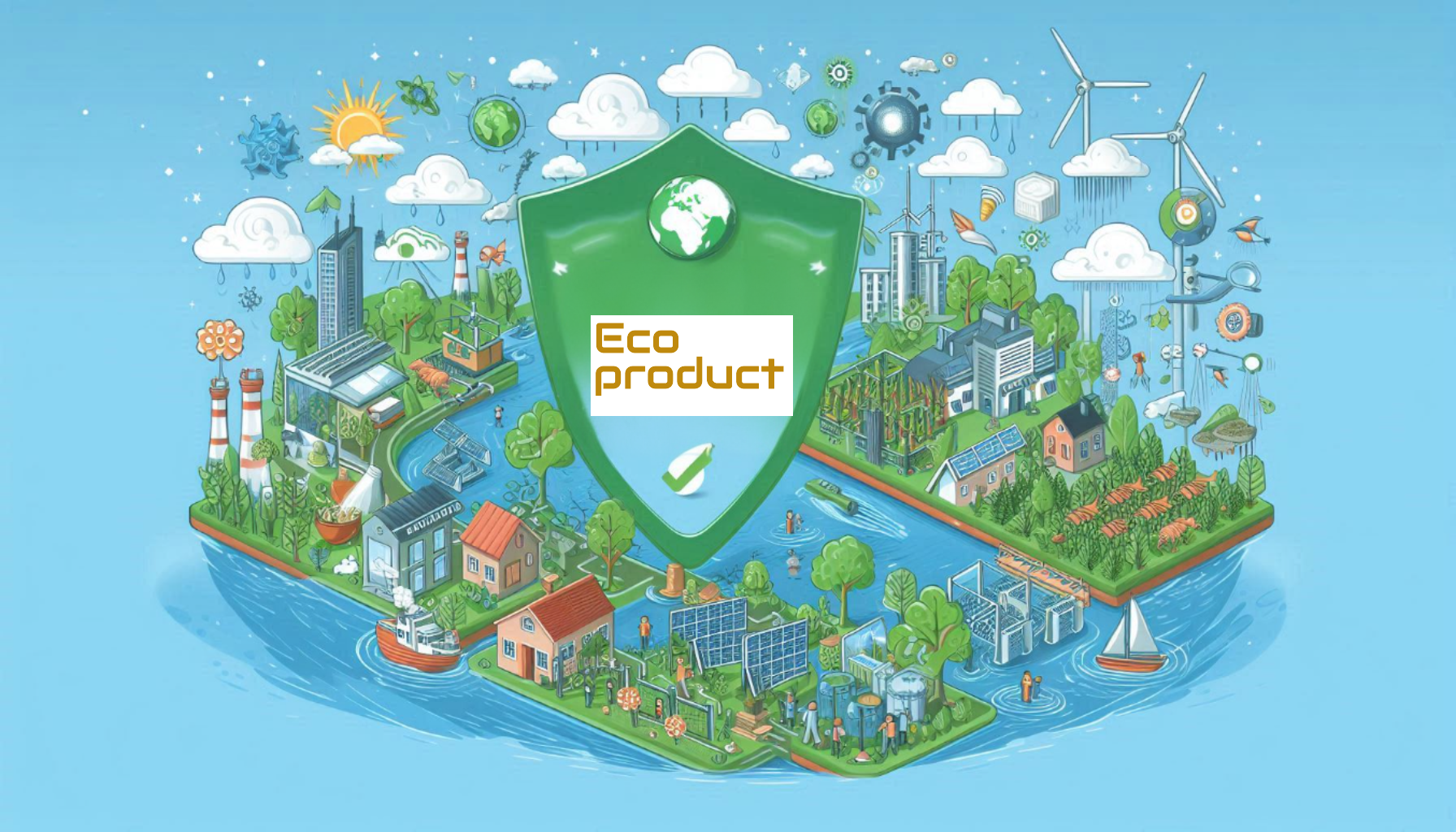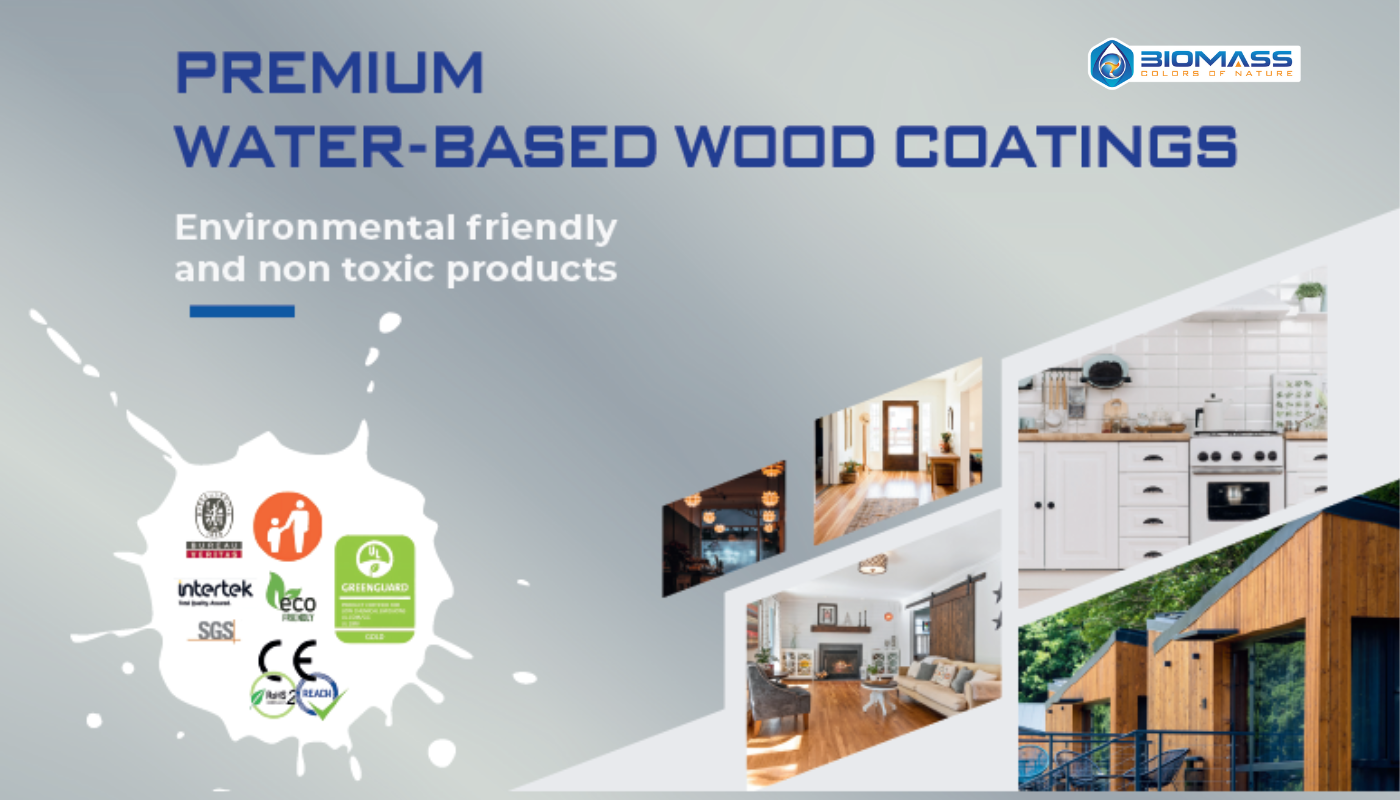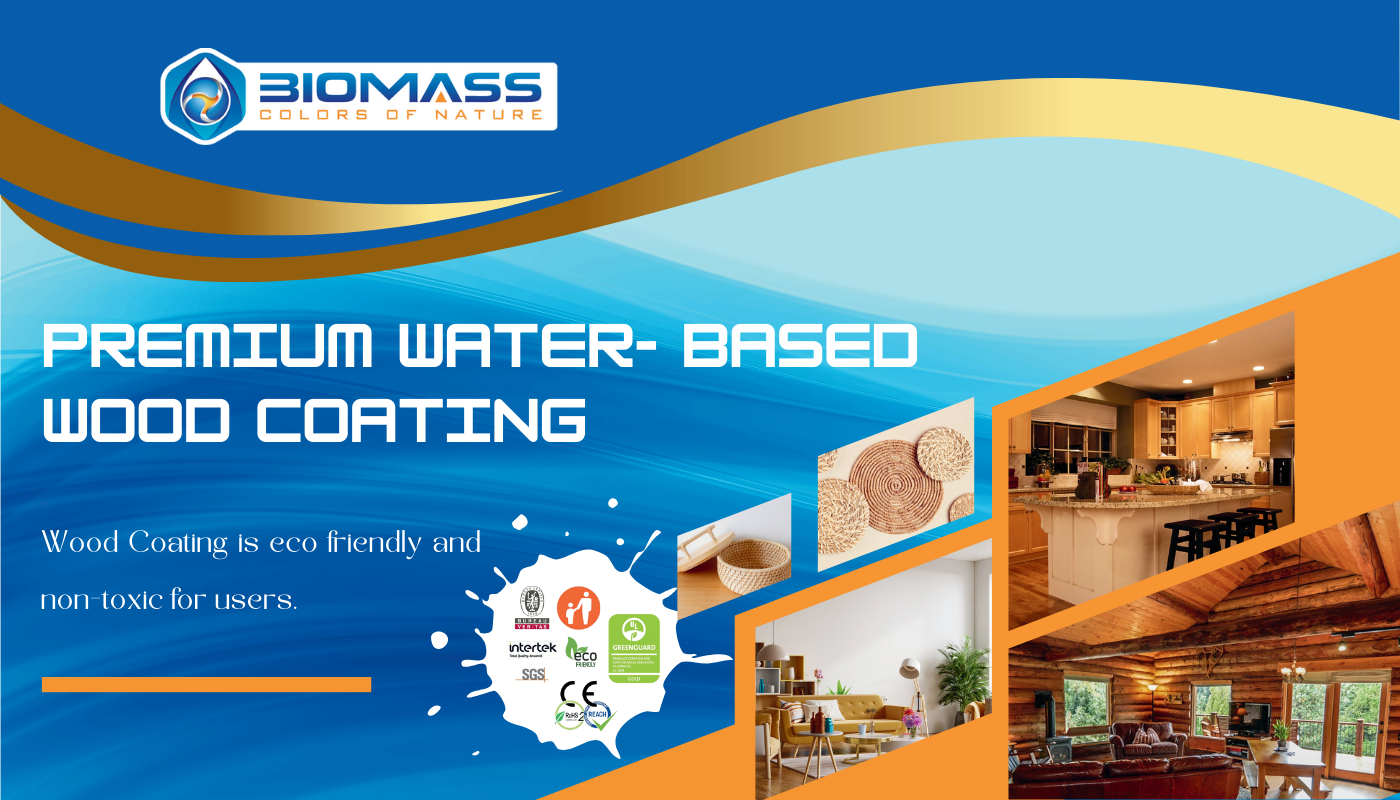Tin Biomass
Wood Coatings-New Perpestive New Trends 2024
Wood coatings faced an economic crisis as COVID-19 outbreak. After the pandemic, wood coatings had to undergo significant changes. This was a race to keep up with market demands and customer needs. The shift in customer thinking led to product changes to better align with their expectations. This also became a springboard for new products with many advantages to rise to prominence. Let’s join Biomass to explore what is changing the market and discover the new products!
Table of Contents
- I. Changes in the Wood Coating Market
- 1. Growth of Safe and Eco-Friendly Products
- 2. Rise of Multi-Functional Protective Coatings
- 3. Explosion of DIY and Aesthetic Enhancement Trends
- 4. Expansion of the Wood Coating Market to Asia-Pacific
- 5. Impact of International Regulations on Wood Coatings
- 6. Green Certifications are a Plus for Suppliers
- II. New Products in the Wood Coating Industry
- III. Conclusion
I/ Changes In the Wood Coatings Market
1. Growth of Safe and Eco-Friendly Products
After COVID-19, the emergence of various flu strains raised awareness about personal health protection. People began choosing safer products for themselves and others. Alongside the pandemic, natural disasters—consequences of environmental destruction—became more frequent, serving as a wake-up call for environmental and health protection. As a result, the trend of using environmentally sustainable products has gained popularity.
Since 2022, the “Zero Waste” and “Eco-Product” movements have continued to grow. This shift has led the coating industry to adopt safer, more cost-effective, and time-efficient products. New coating technologies, such as water-based wood coatings, UV coatings, and electrostatic coatings, have emerged, gradually replacing harmful PU coatings. Major paint manufacturers like AkzoNobel and DSM Coating Resins are also developing bio-based coatings to meet society’s sustainability criteria.
2. Rise of Multi-Functional Protective Coatings
3. Explosion of DIY and Aesthetic Enhancement Trends
As pandemics spread, households were quarantined, and visiting stores became difficult. Gradually, people had to adapt and do things themselves at home, leading to the explosion of the DIY trend. This shift compelled paint manufacturers to optimize the painting process, including accompanying products, making them easier to clean and maintain. Additionally, aesthetics became increasingly important, pushing manufacturers to develop a wide range of color systems to meet the creative demands of customers.
4. Expansion of the Wood Coatings Market to Asia-Pacific
5. Impact of International Regulations on Wood Coatings
6. Green Certifications Are Bonus Points For Suppliers
II. New Products in the Wood Coatings Industry
1. Bio-based Polyurethane Wood Coatings
Bio-based PU (polyurethane) coatings often utilize recycled materials like vegetable oils, making them a viable alternative to conventional PU coatings. Unlike traditional PU coatings, bio-based versions do not rely on gasoline-based solvents but instead use biological derivatives, resulting in fewer harmful substances.
Advantages:
- Durability: Bio-based PU coatings offer a strong, flexible finish with high abrasion resistance, making them suitable for various applications where long-lasting protection is essential.
- Eco-Friendliness: The use of renewable resources and reduced reliance on petrochemicals make these coatings less toxic and more environmentally friendly.
Disadvantages:
- Higher Costs: The processing of bio-based materials to achieve stable, high-quality components can be expensive, leading to a higher price point for these coatings compared to traditional options.
- Material Longevity: The raw materials in bio-based coatings may not provide the same long-term effectiveness as chemical-based alternatives, potentially impacting their overall durability and performance over time.
2. UV-Resistant Wood Paints
UV coatings are commonly used for exterior applications and outdoor flooring. They are designed to resist color fading caused by excessive exposure to sunlight, helping to maintain the wood’s color and durability while enhancing performance. In addition to preventing color fading, UV coatings offer superior features such as scratch resistance and protection against chemicals. However, UV coatings have some drawbacks, including high costs and difficulties in large-scale production. They also tend to be less effective on complex surfaces, leading to inconsistent results.
- Advantages:
- Speed: These coatings cure almost instantly when exposed to UV light, allowing for faster production cycles.
- Durability: UV-curable coatings offer excellent resistance to scratches, chemicals, and wear, making them ideal for high-traffic areas.
- Disadvantages:
- Cost: The equipment required for UV curing can be expensive, limiting its adoption to larger manufacturers.
- Application Limitations: UV-curable coatings are less suitable for complex surfaces where uniform exposure to UV light is difficult
3. Acrylic Water-Based Wood Coatings
Water-based wood coatings have recently become an indispensable trend in the industry. They are safe, clean, and quick-drying. These coatings are safe for both users and those indirectly exposed to them. They are environmentally friendly due to their low levels of harmful chemicals and low VOC content. They dry quickly because they are water-based and do not require solvent-based thinners, streamlining the process. Water-based wood coatings are favored for their ease of application, easy clean-up, and faster drying times compared to other types of coatings. However, they still have some drawbacks.
- Advantages:
- Low VOCs: These coatings are more environmentally friendly, emitting fewer volatile organic compounds (VOCs) than solvent-based alternatives.
- Ease of Application: Waterborne acrylics are easy to apply, clean up with water, and have a faster drying time than solvent-based coatings.
- Disadvantages:
- Durability: While improving, waterborne coatings may still lack the durability of solvent-based coatings, particularly in harsh outdoor environments.
- Temperature Sensitivity: These coatings can be sensitive to temperature and humidity during application, which can affect the final finish.
4. Powder Wood Coatings
Powder wood coatings, which were previously used primarily for metal materials, are now being applied to wood. They provide a uniform, durable finish without the need for solvents. The biggest advantage of powder coatings is that they do not emit VOCs, making them environmentally friendly and safe for health. Powder coatings offer superior durability compared to liquid coatings, with excellent resistance to impact and scratches. However, they require skilled application, including managing high temperatures and the powder coating process. Additionally, the wood surface must be properly prepared, such as smoothing and dust removal, to ensure good adhesion of the coating.
III. Conclusion
Depending on the changes in the industry, there are corresponding updates in wood coating products. Each product has its own set of advantages and disadvantages. Overall, new developments focus on improvements, such as better health safety, environmental friendliness, and optimized processes. At Biomass, we offer some of the most advanced coatings, including water-based wood coatings (WB), improved polyurethane (PA) coatings, and UV coatings. Don’t hesitate to contact us right away:
💚Biomass – A part of Biochem – For Health Of Every Vietnam Familly💚
📍 Address: No 66, Street No 1, Block 1, Tan Phong Ward, District 7, Hochiminh city.
📞 Tel: (+84-28) 3620 4207 | 3620 4208
📠 Fax: (+84-28) 3620 4206
🌐 Website Biochem: www.biochem.vn
🌐 Website Biomass: www.biomasscoating.com
📧 Email: contacts@biomasscoating.com
Reference:
- Recent Trends In Wood Furniture Coatings – American Coatings Association
- Trends In Interior Wood Coatings Tracking The Shift From Solvent To Waterborne And UV – American Coatings Association
- Wood Coatings Boom Urbanization And Innovation Fueling Industry Surge – FMIBlog







